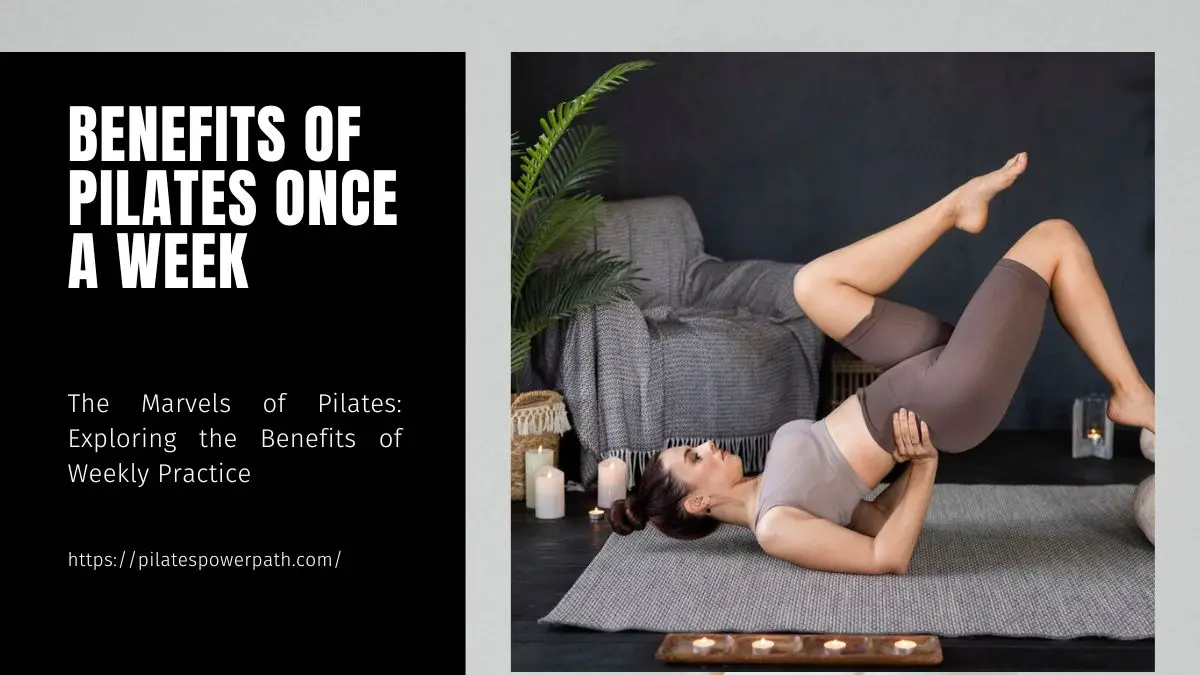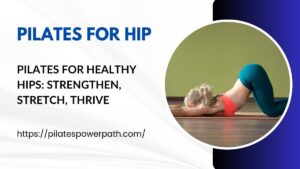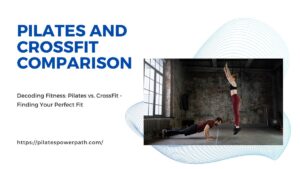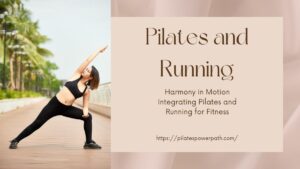Welcome to the world of Pilates, where strength, flexibility, and mindfulness converge to create a holistic approach to fitness and wellness. In today’s fast-paced world, carving out time for self-care and exercise can feel like an uphill battle. However, what if I told you that dedicating just one hour of your week to Pilates could yield significant benefits for your body and mind? In this blog post, we’ll delve into the myriad advantages of practicing Pilates once a week, exploring its physical, mental, and lifestyle perks that can transform your well-being.
Understanding Pilates
Pilates, developed by Joseph Pilates in the early 20th century, is a low-impact exercise system designed to strengthen muscles while improving postural alignment and flexibility. Rooted in principles such as control, centering, concentration, precision, breath, and flow, Pilates focuses on developing a strong core and promoting overall body awareness.
Read More: Unlocking Fitness Potential: Pilates vs. Calisthenics Guide
Principles of Pilates
Central to the Pilates method are its six core principles, which serve as the foundation for every movement and exercise:
- Control: Emphasizes the importance of precise, controlled movements to engage the appropriate muscles.
- Centering: Focuses on activating the body’s powerhouse, including the abdominal muscles, lower back, hips, and buttocks.
- Concentration: Encourages mental focus and awareness of movement patterns to maximize effectiveness.
- Precision: Stresses the importance of executing each movement with exactitude and attention to detail.
- Breath: Teaches coordinated breathing techniques to facilitate movement and enhance relaxation.
- Flow: Emphasizes the smooth, continuous flow of movement, promoting grace and fluidity in transitions.
Types of Pilates Practices
Pilates can be practiced in various formats, including mat-based exercises and equipment-based workouts utilizing apparatus such as the reformer, Cadillac, and chair. Mat Pilates focuses on using body weight and minimal equipment, making it accessible for practitioners of all levels, while equipment-based Pilates provides added resistance and support for a more dynamic workout experience.
Physical Benefits
Beyond the sleek lines and toned muscles often associated with Pilates, regular practice offers a wealth of physical benefits that extend far beyond the studio walls.
Improved Core Strength and Stability
At the core of Pilates lies its ability to strengthen the body’s deep stabilizing muscles, particularly those surrounding the abdomen, pelvis, and lower back. By emphasizing controlled movements and precise alignment, Pilates targets the powerhouse muscles, resulting in enhanced core strength and stability.
Increased Flexibility and Mobility
Flexibility is a cornerstone of Pilates, with exercises designed to lengthen and elongate muscles while promoting a full range of motion. Through gentle stretching and dynamic movements, Pilates helps improve flexibility and joint mobility, reducing the risk of injury and enhancing overall athleticism.
Enhanced Muscular Strength and Endurance
While Pilates is renowned for its focus on core strength, it also engages the entire body, including the arms, legs, and back. By incorporating resistance and body weight exercises, Pilates builds muscular strength and endurance, enabling practitioners to perform daily activities with greater ease and efficiency.
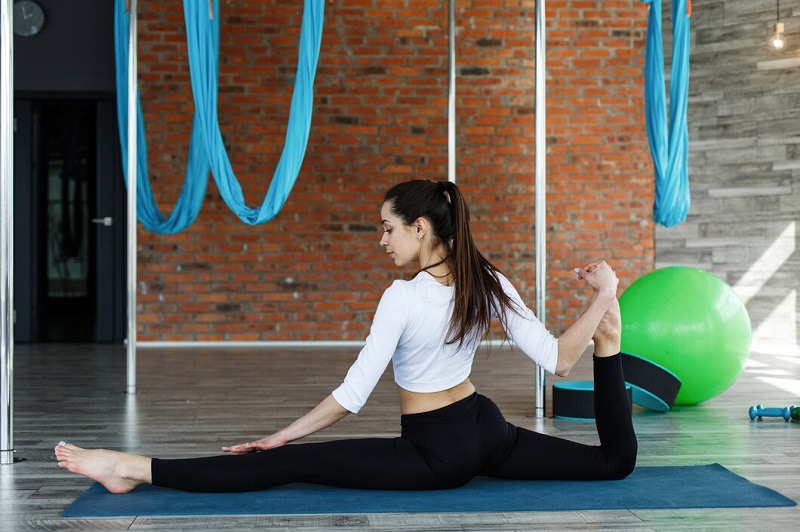
Mental Benefits
In addition to its physical rewards, Pilates offers a myriad of mental benefits that promote overall well-being and stress relief.
Stress Reduction and Relaxation
In today’s hectic world, finding moments of peace and tranquility can be challenging. Pilates provides a sanctuary for relaxation, offering a respite from the demands of daily life. Through mindful movement and controlled breathing, Pilates calms the mind and reduces stress, fostering a sense of inner peace and serenity.
Increased Body Awareness and Mindfulness
Central to the practice of Pilates is the cultivation of body awareness and mindfulness. By focusing on alignment, breath, and movement patterns, Pilates encourages practitioners to tune into their bodies, fostering a deeper connection between mind and muscle. This heightened awareness extends beyond the studio, promoting mindful living and greater self-awareness in everyday life.
Improved Concentration and Focus
Pilates demands mental concentration and focus, requiring practitioners to be fully present in the moment. By engaging the mind-body connection, Pilates enhances cognitive function and mental acuity, sharpening focus and improving overall concentration. This heightened sense of awareness not only enhances performance in the studio but also carries over into other aspects of life, from work to leisure activities.
Lifestyle Benefits
Beyond the physical and mental advantages, Pilates offers a host of lifestyle benefits that can enhance overall quality of life and well-being.
Time-Efficient Workout Option
In today’s fast-paced world, time is a precious commodity. Pilates offers a time-efficient workout option, delivering maximum results in minimal time. With sessions typically lasting 60 minutes or less, Pilates is ideal for busy individuals looking to squeeze in an effective workout amidst their hectic schedules.
Adaptable for All Fitness Levels and Ages
One of the greatest strengths of Pilates is its accessibility to individuals of all ages and fitness levels. Whether you’re a seasoned athlete or a newcomer to exercise, Pilates can be tailored to meet your specific needs and abilities. With modifications and progressions available for every exercise, Pilates offers a safe and effective workout for everyone.
Complementary to Other Forms of Exercise
While Pilates offers a comprehensive full-body workout on its own, it also serves as an excellent complement to other forms of exercise. Whether you’re a runner, cyclist, or weightlifter, Pilates can help improve performance, prevent injuries, and enhance overall athleticism. By addressing imbalances and weaknesses in the body, Pilates creates a strong foundation for success in any fitness endeavor.
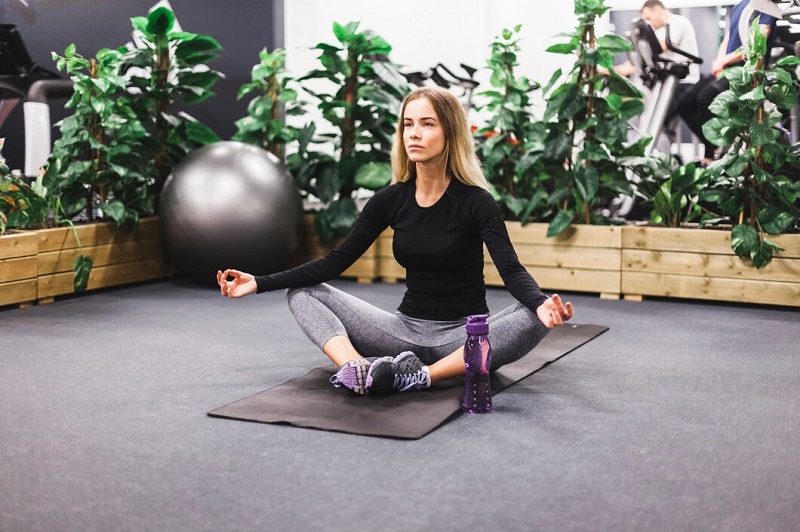
Testimonials and Success Stories
Don’t just take our word for it—countless individuals have experienced the transformative power of Pilates firsthand. Here are just a few testimonials from satisfied practitioners:
“I started practicing Pilates once a week, and the results have been phenomenal. Not only have I noticed improvements in my strength and flexibility, but I also feel more centered and balanced in all areas of my life.” – Sarah, 35
“Since incorporating Pilates into my weekly routine, I’ve noticed a significant reduction in my chronic back pain. The focus on core strength and alignment has done wonders for my posture and overall well-being.” – David, 45
“I was skeptical at first, but after just a few sessions of Pilates, I was hooked. Not only do I feel stronger and more toned, but I also feel more confident and empowered in my body. Pilates has truly changed my life.” – Emily, 28
Tips for Incorporating Pilates into Your Weekly Routine
Ready to reap the benefits of Pilates once a week? Here are some tips for incorporating Pilates into your weekly routine:
- Scheduling Considerations: Block out dedicated time in your schedule for Pilates, treating it like any other important appointment.
- Setting Realistic Goals: Establish clear, achievable goals for your Pilates practice, whether it’s improving flexibility, building strength, or reducing stress.
3. Finding the Right Instructor or Studio: Look for a certified Pilates instructor or reputable studio that aligns with your goals and preferences. - Exploring At-Home Practice Options: If attending a studio isn’t feasible, consider exploring at-home Pilates workouts using online videos or mobile apps.
- Staying Consistent and Motivated: Stay committed to your Pilates practice by setting reminders, tracking your progress, and staying motivated with supportive friends or accountability partners.
Conclusion
In conclusion, Pilates offers a treasure trove of benefits for both body and mind, making it a valuable addition to any weekly routine. By dedicating just one hour of your time each week to Pilates, you can experience improvements in strength, flexibility, posture, and overall well-being that will positively impact every aspect of your life.
External Link: American Council on Exercise – The Benefits of Pilates
Frequently Asked Questions
While practicing Pilates once a week can yield benefits, incorporating additional sessions into your routine can accelerate progress. Aim for 2-3 sessions per week to see significant improvements in strength, flexibility, and overall fitness.
While Pilates may not be as calorie-burning as high-intensity cardio workouts, it can contribute to weight loss by building lean muscle mass and improving overall body composition. Combined with a balanced diet and regular cardiovascular exercise, Pilates can support weight loss goals.
While Pilates can be performed with specialized equipment such as a reformer or Cadillac, many exercises can be done using just a mat or small props like resistance bands or stability balls. Beginners can start with mat Pilates before gradually incorporating equipment-based exercises.

